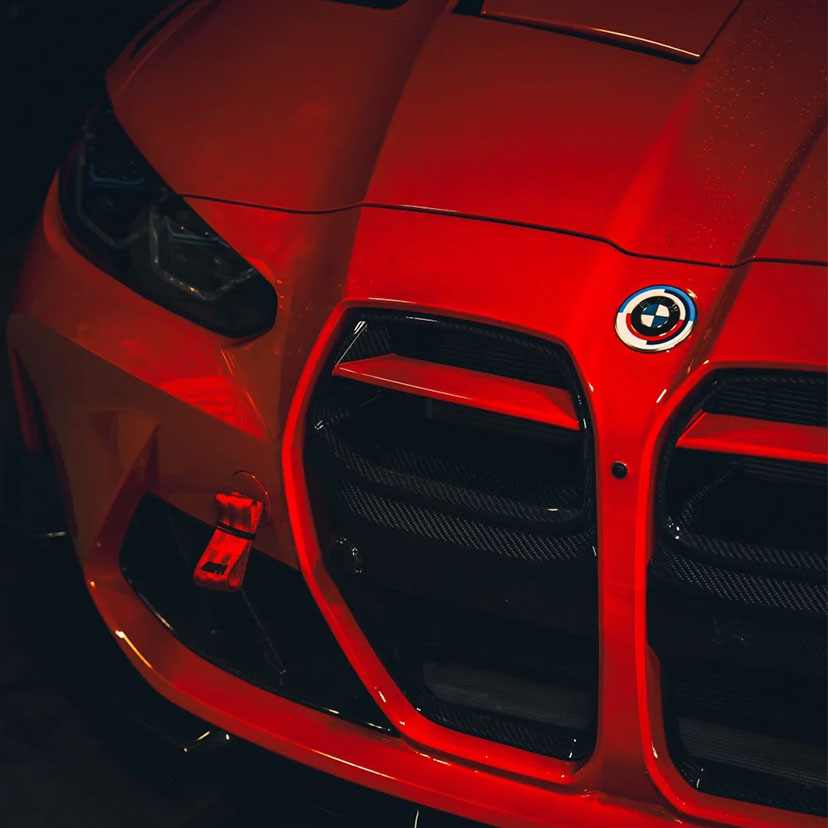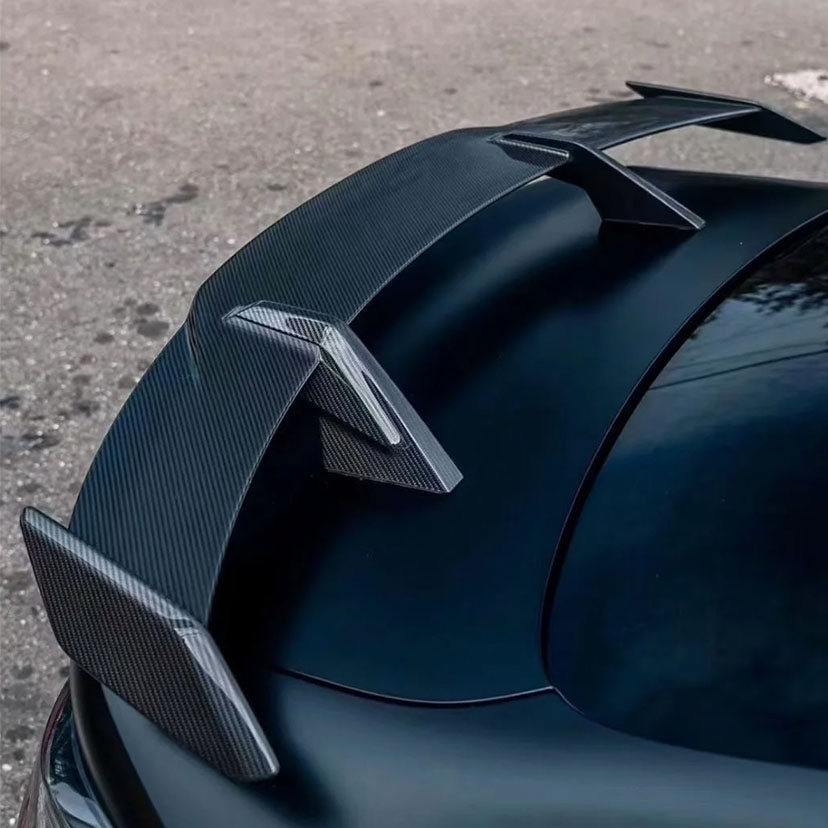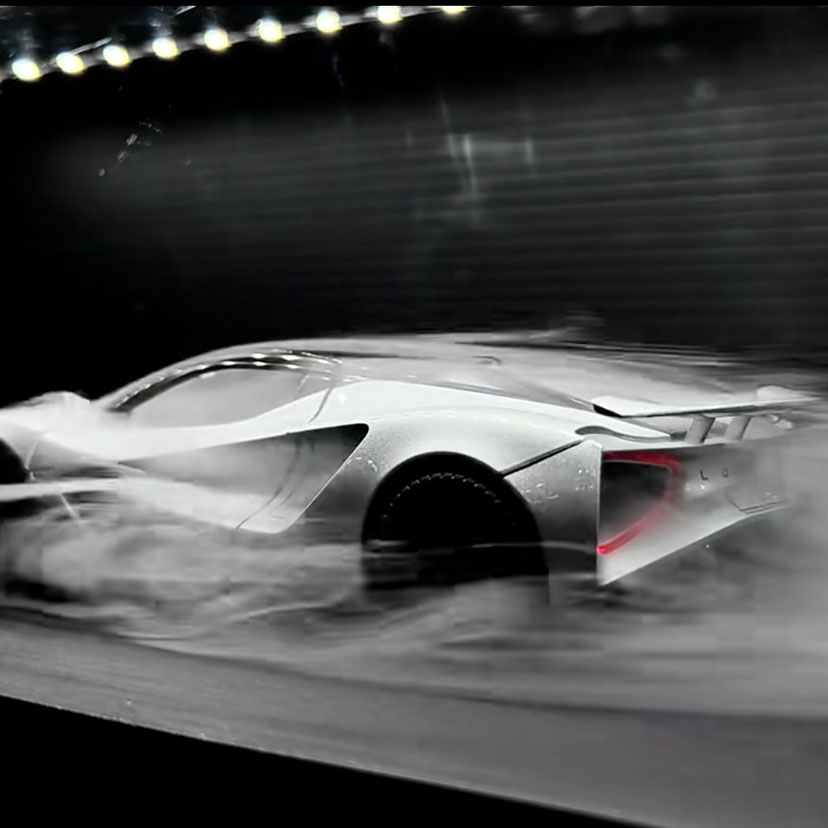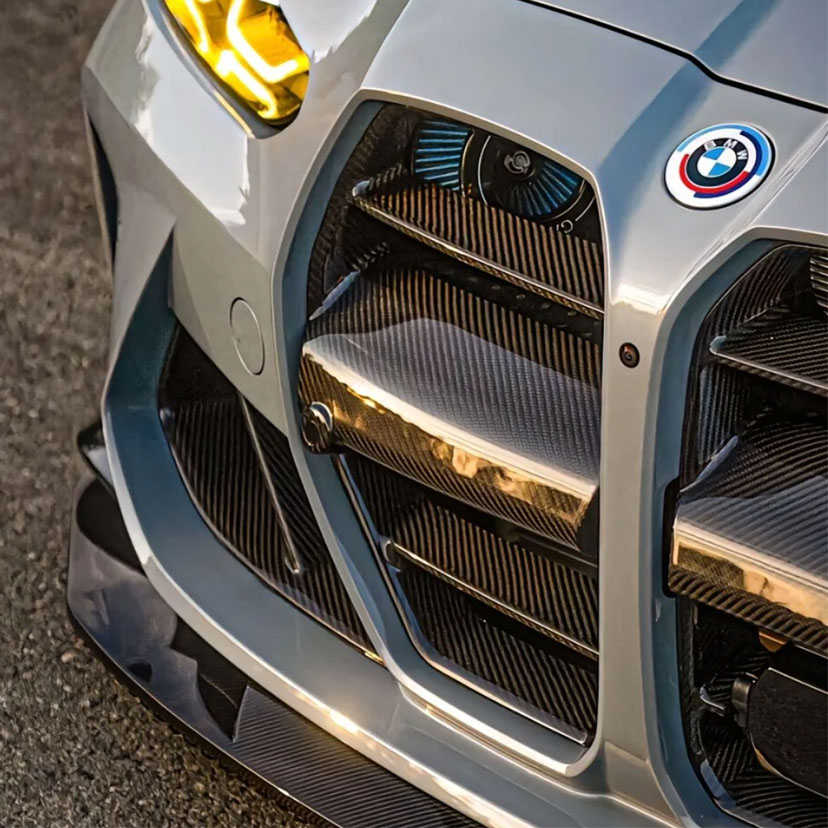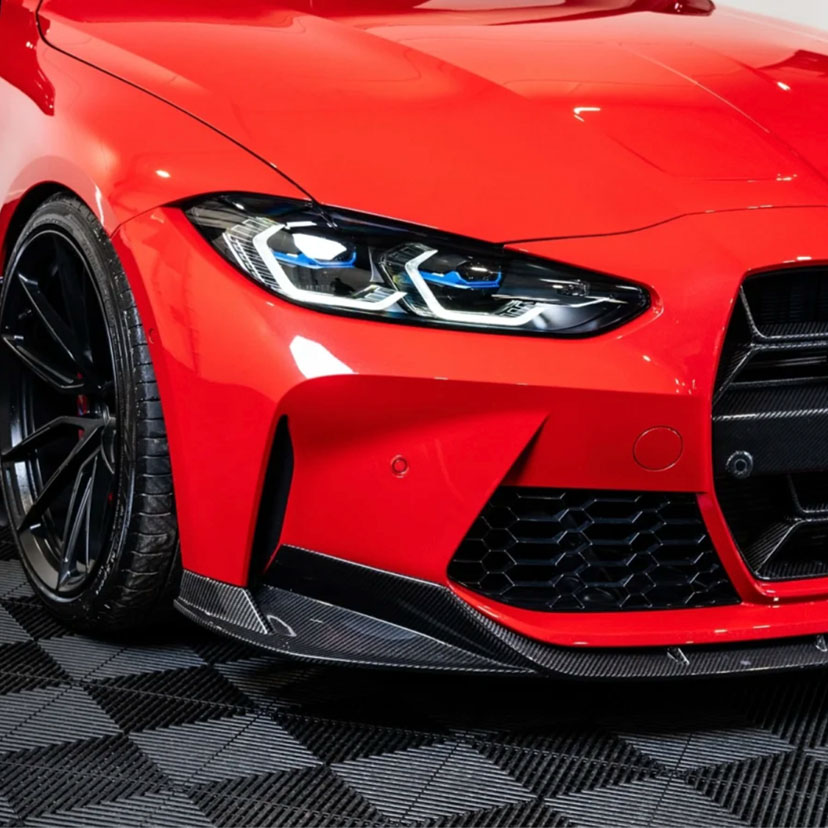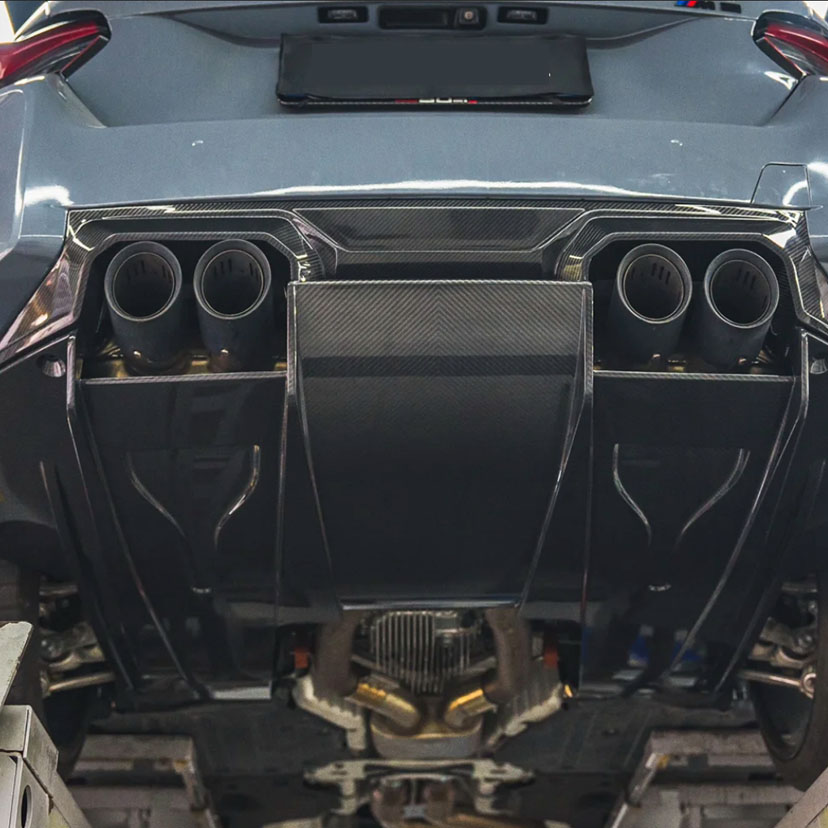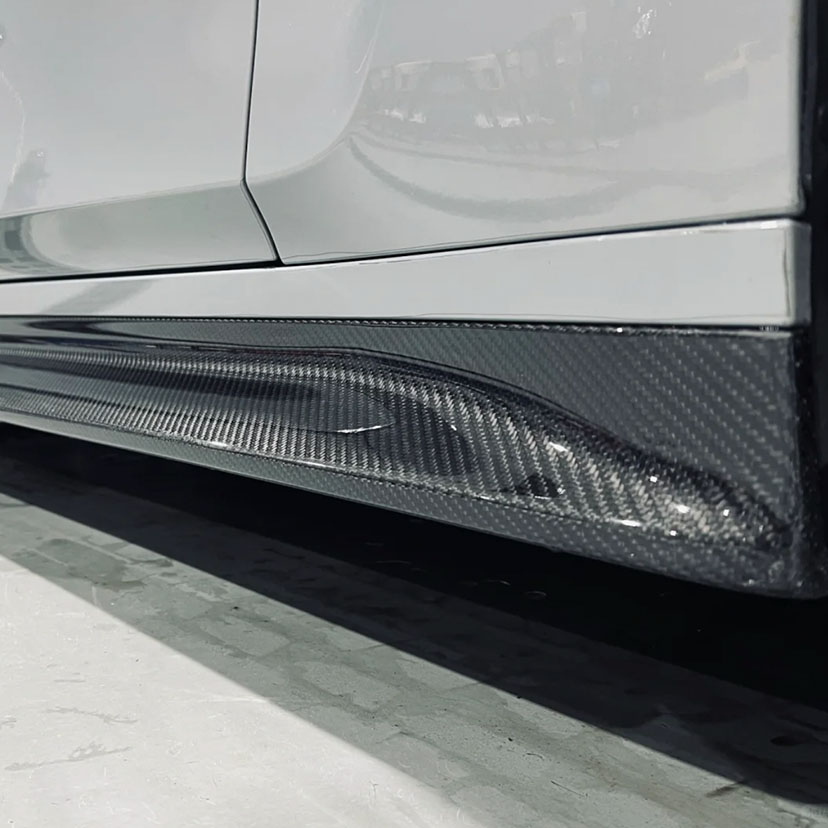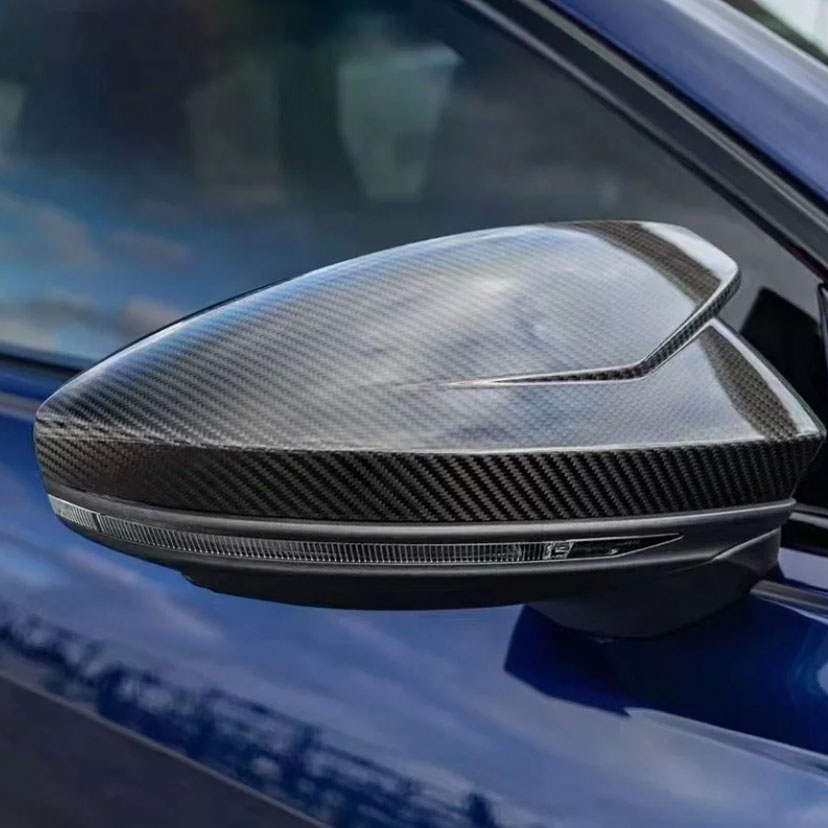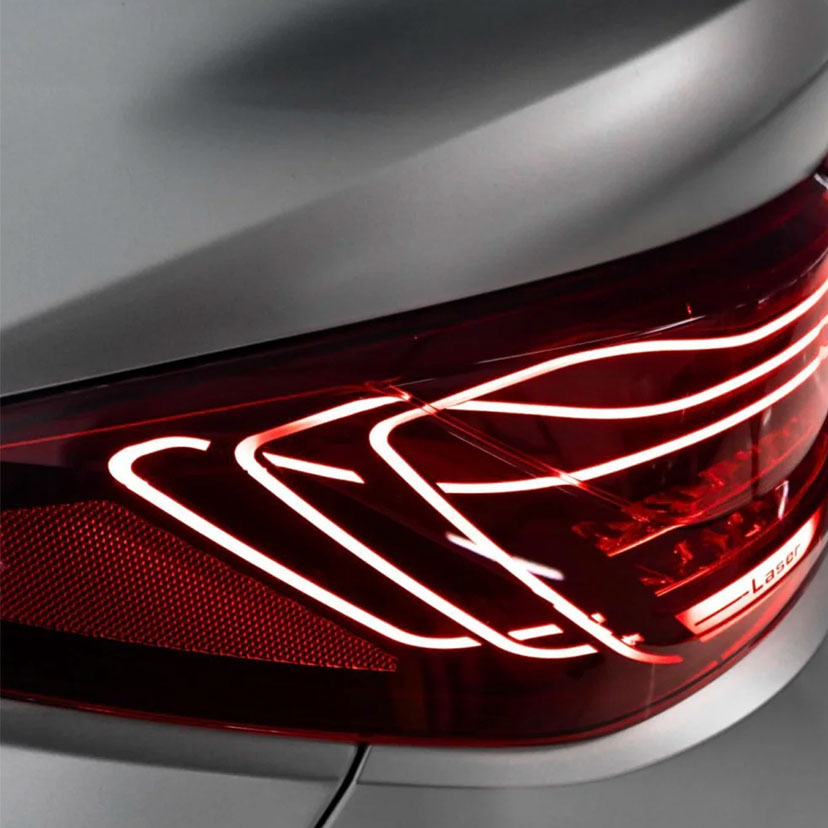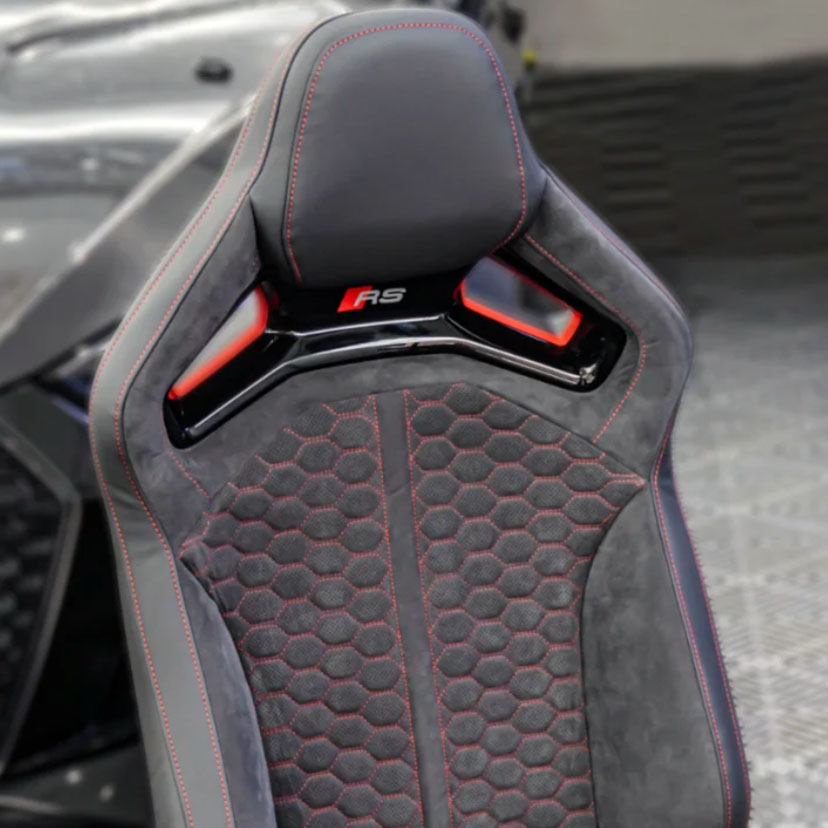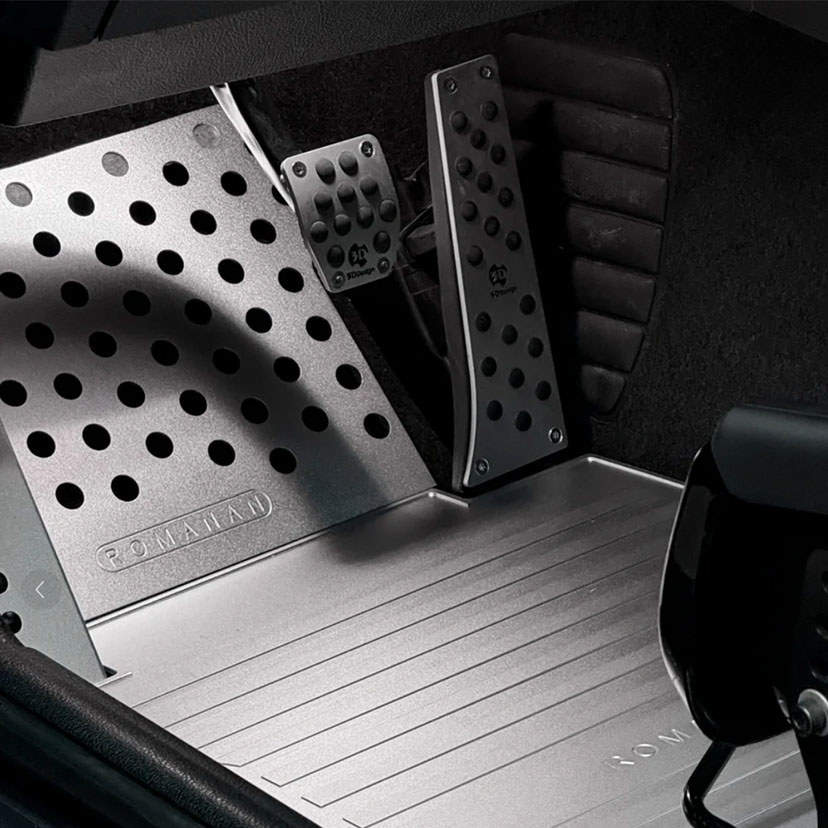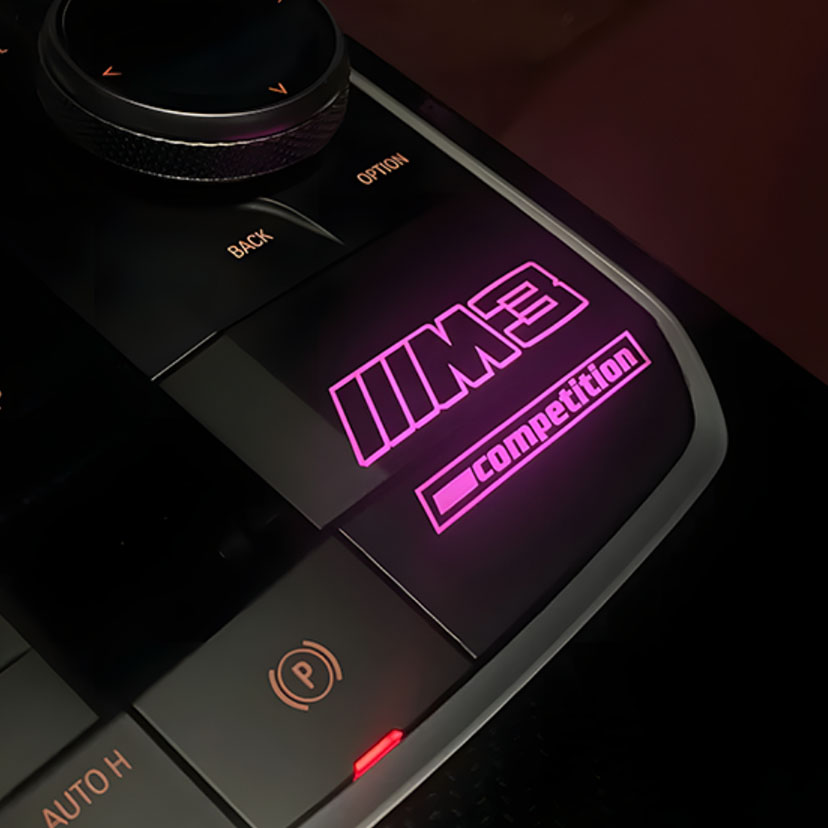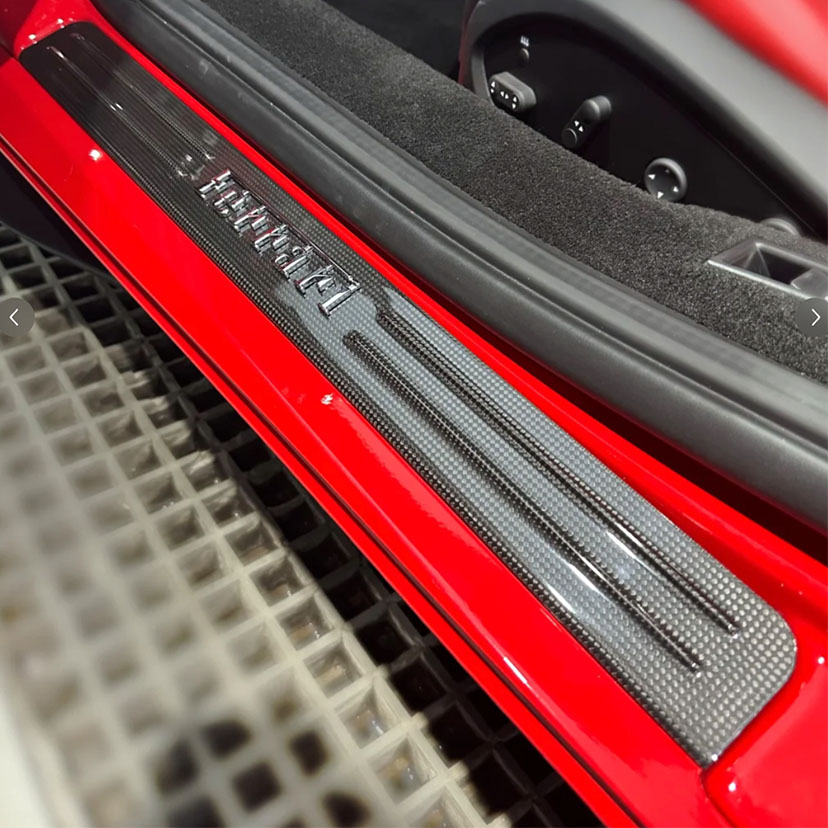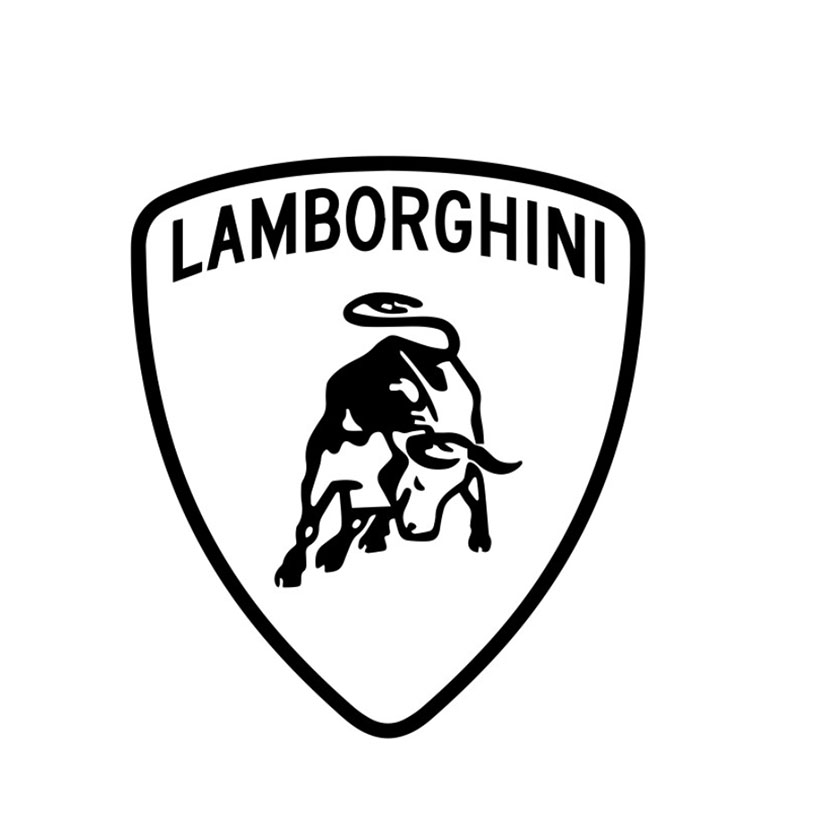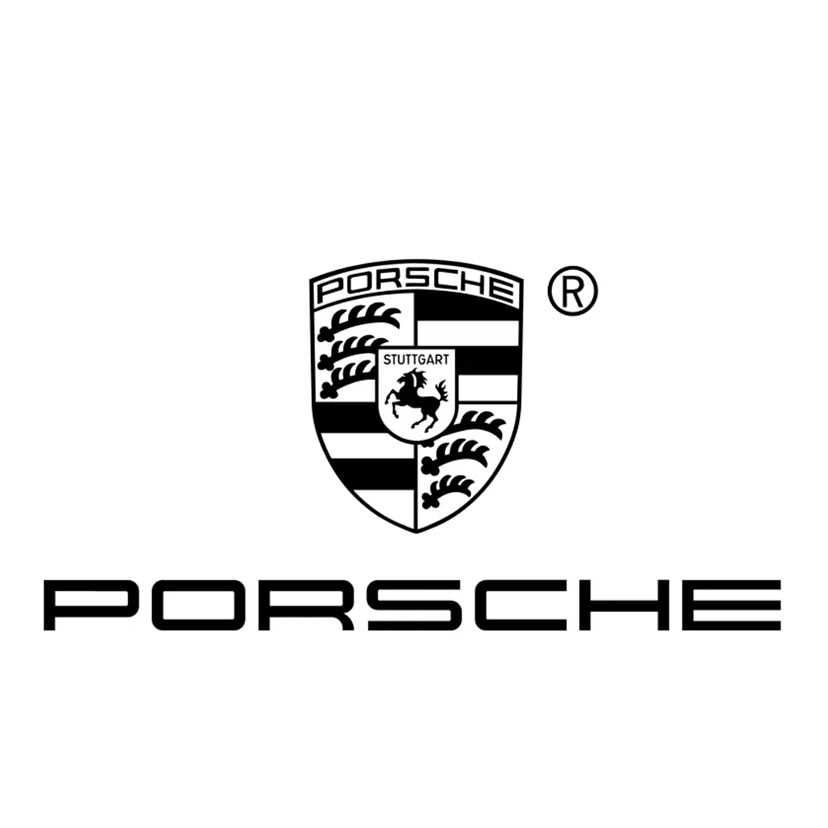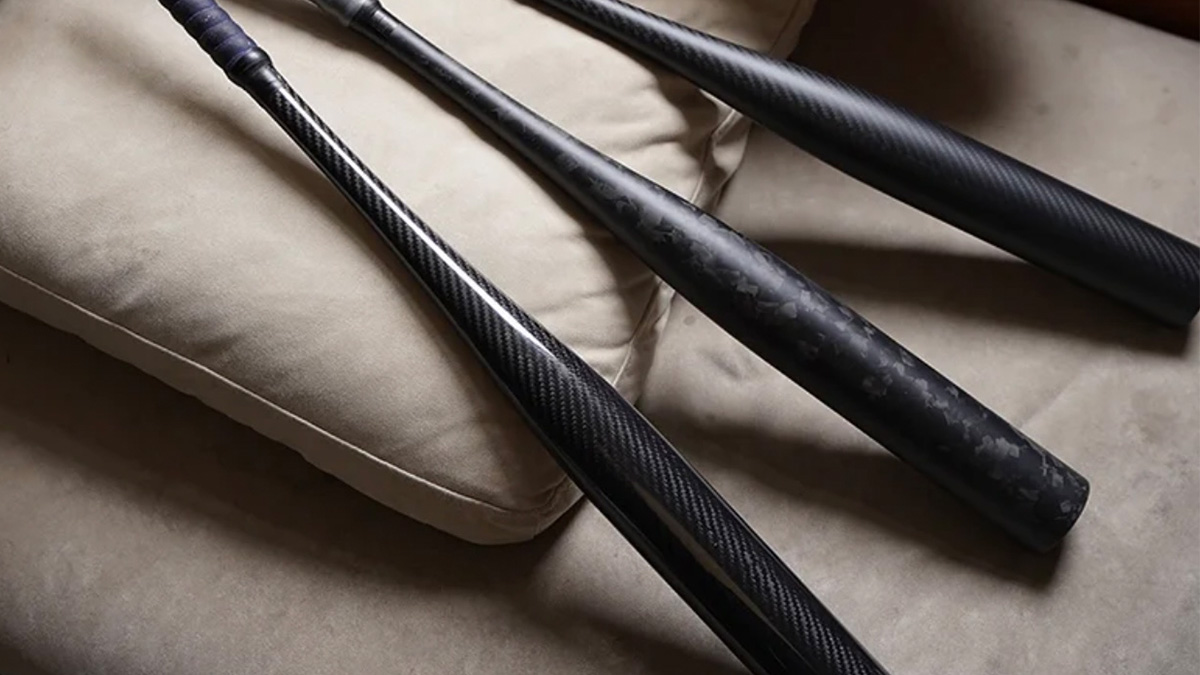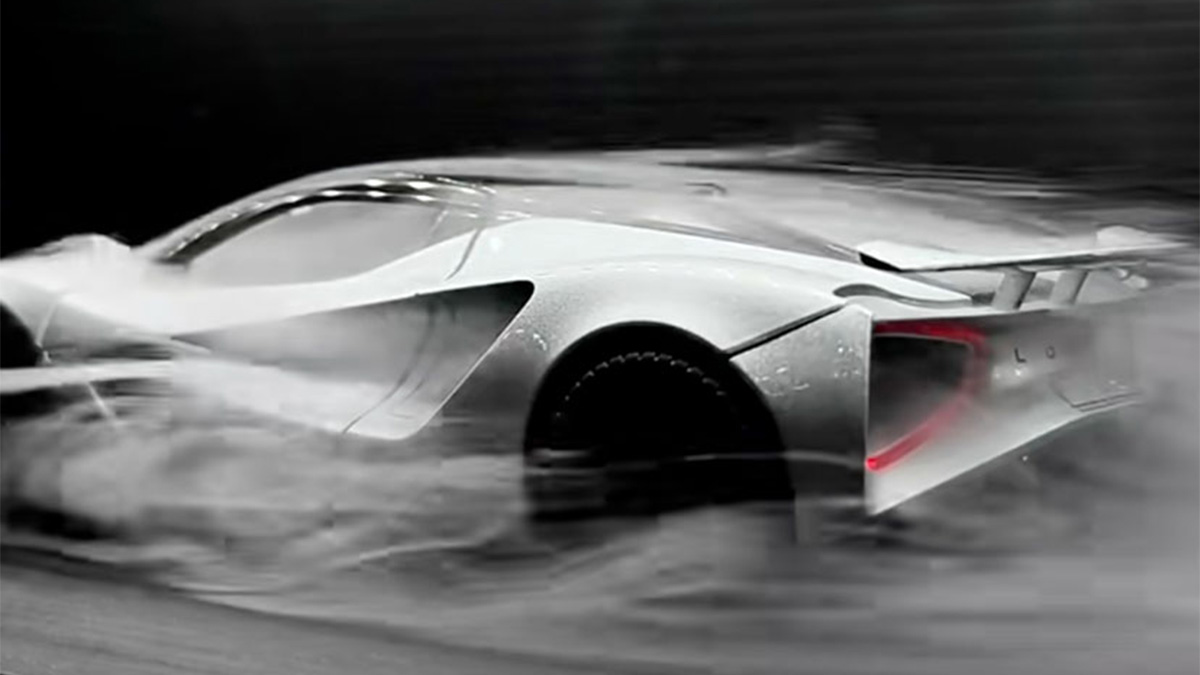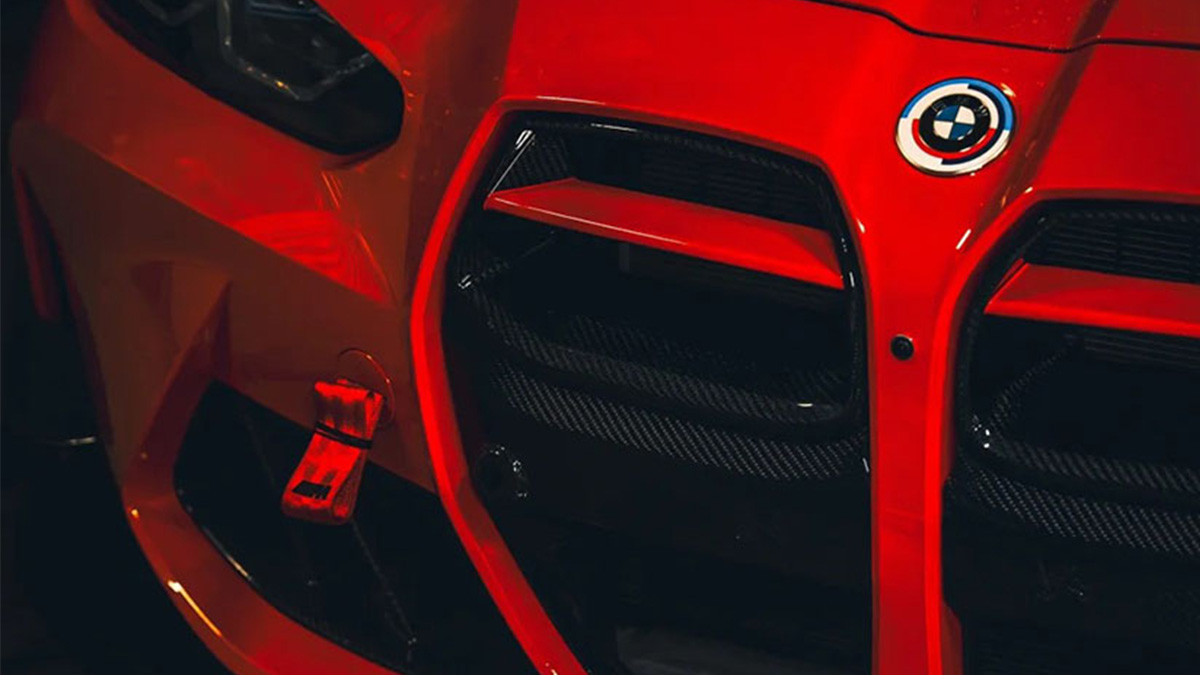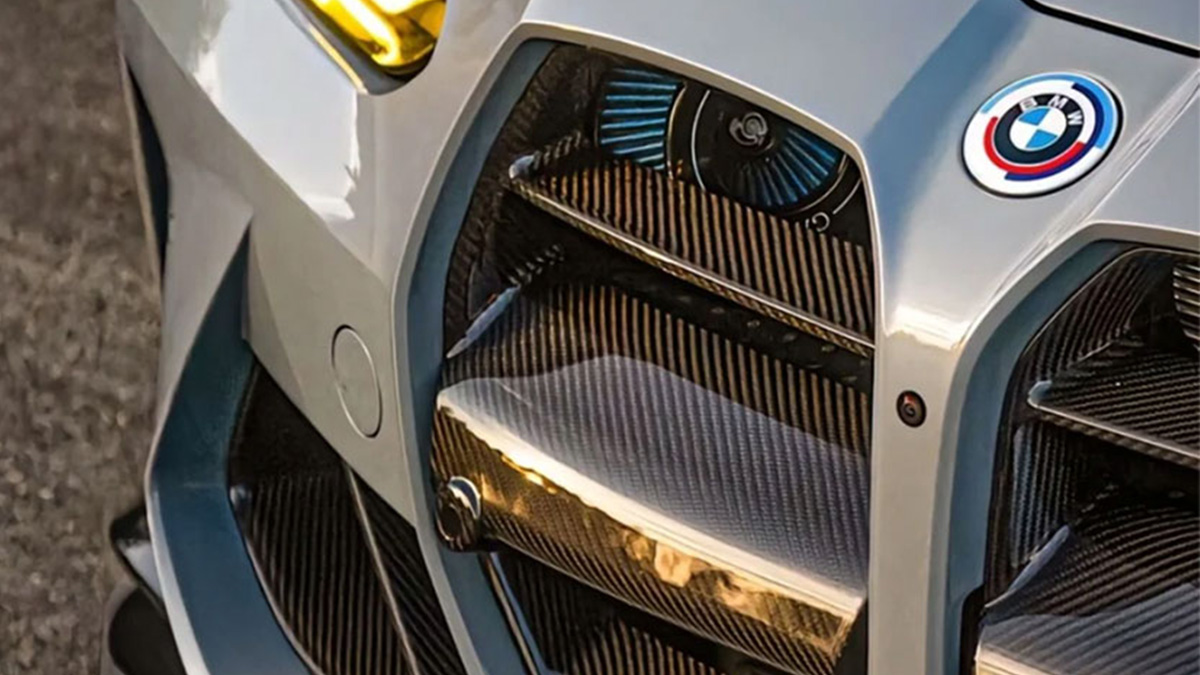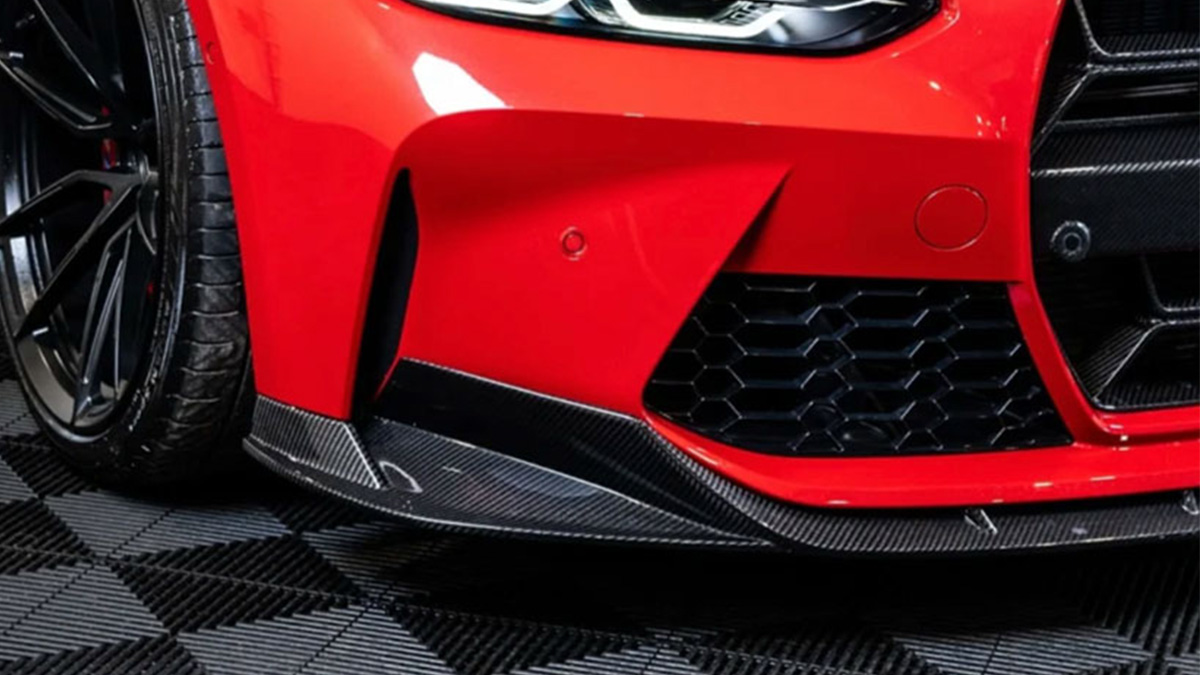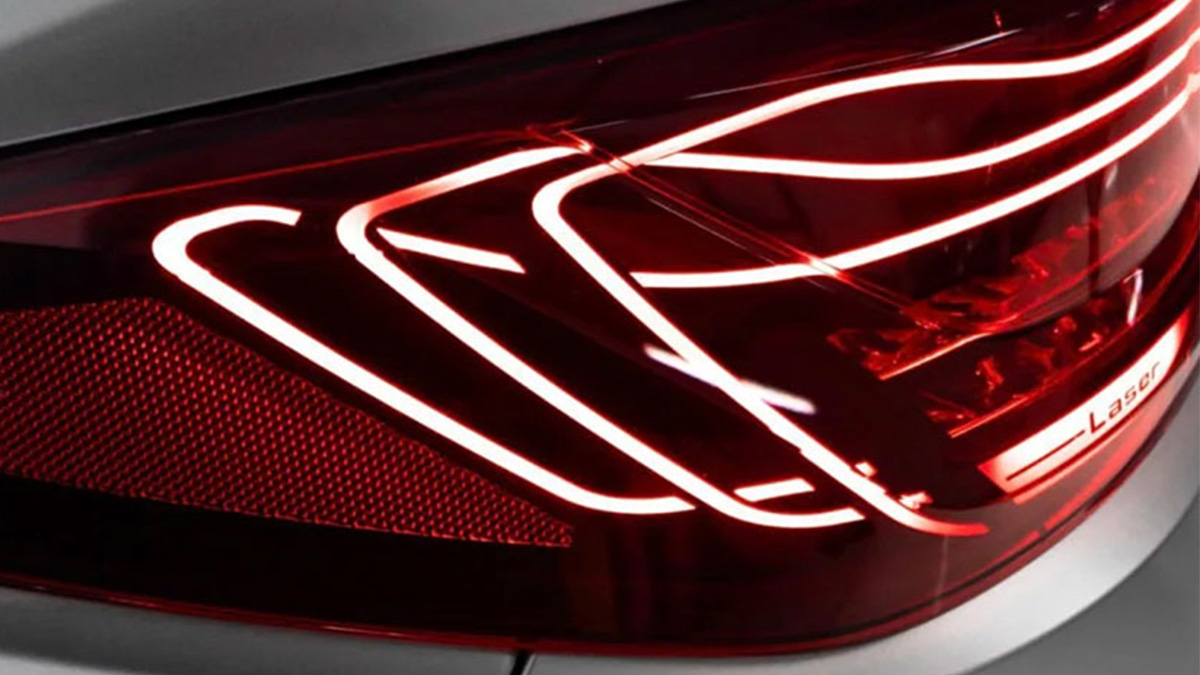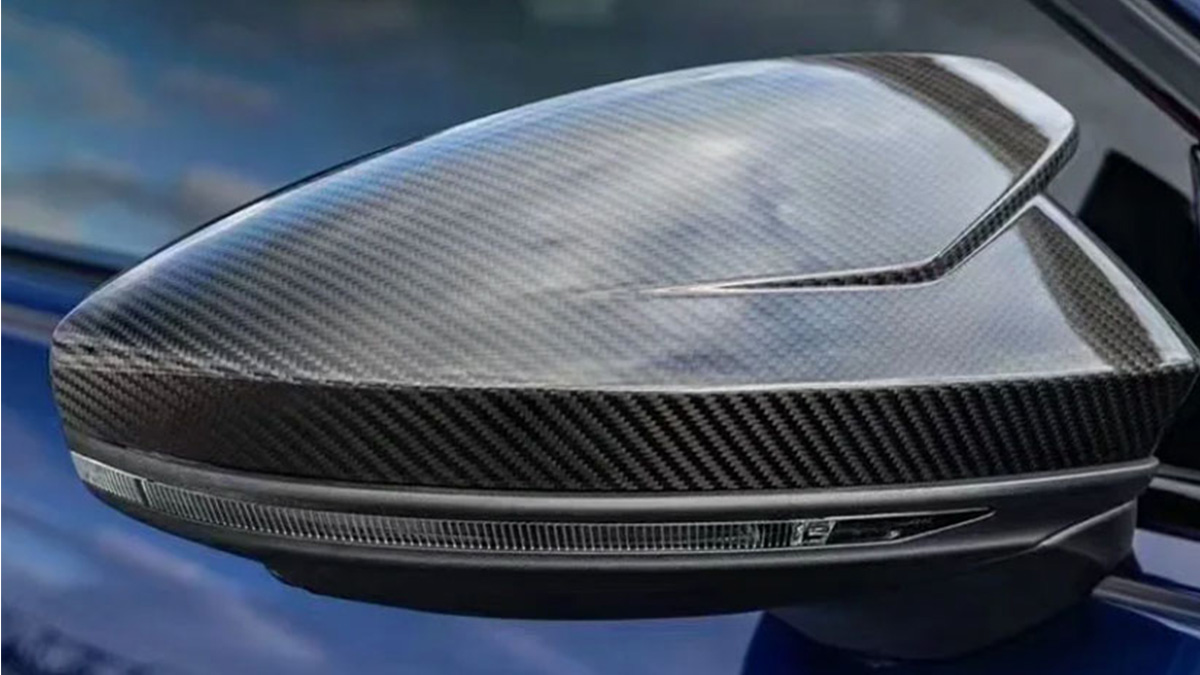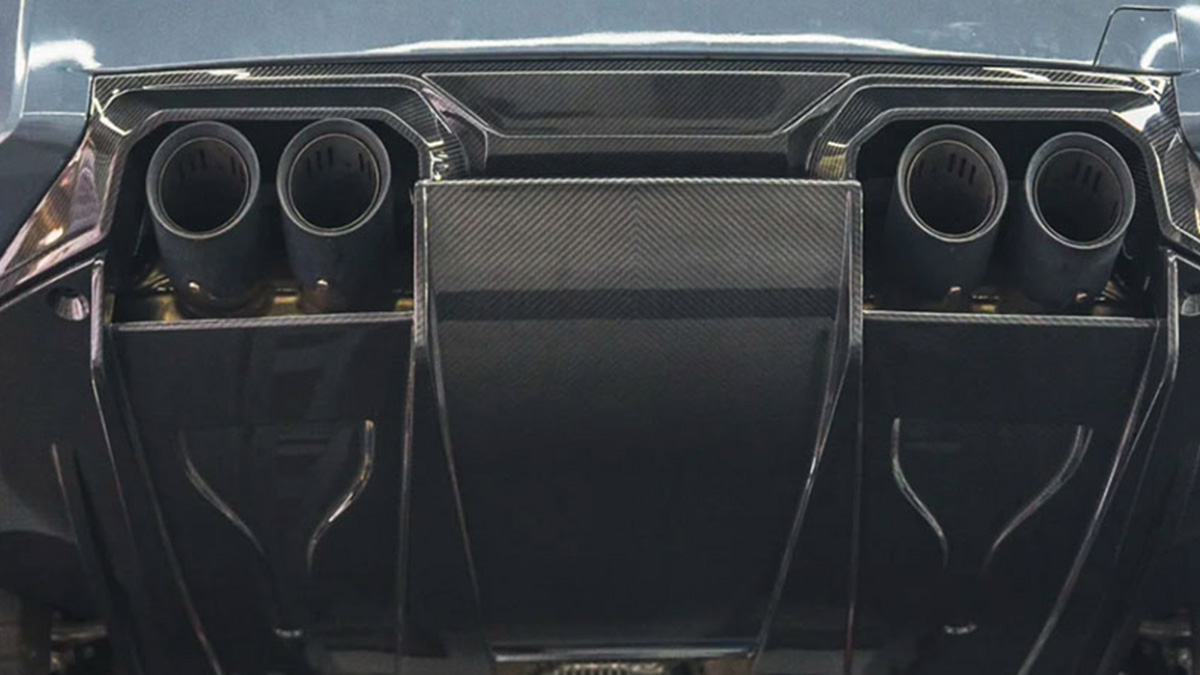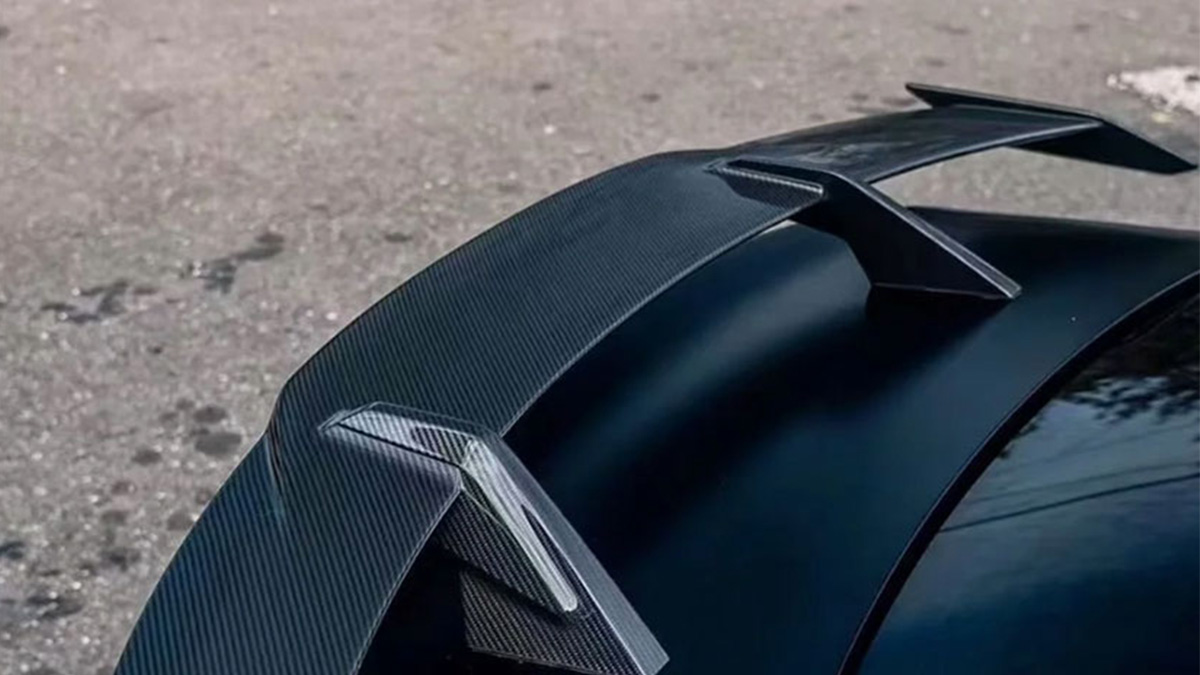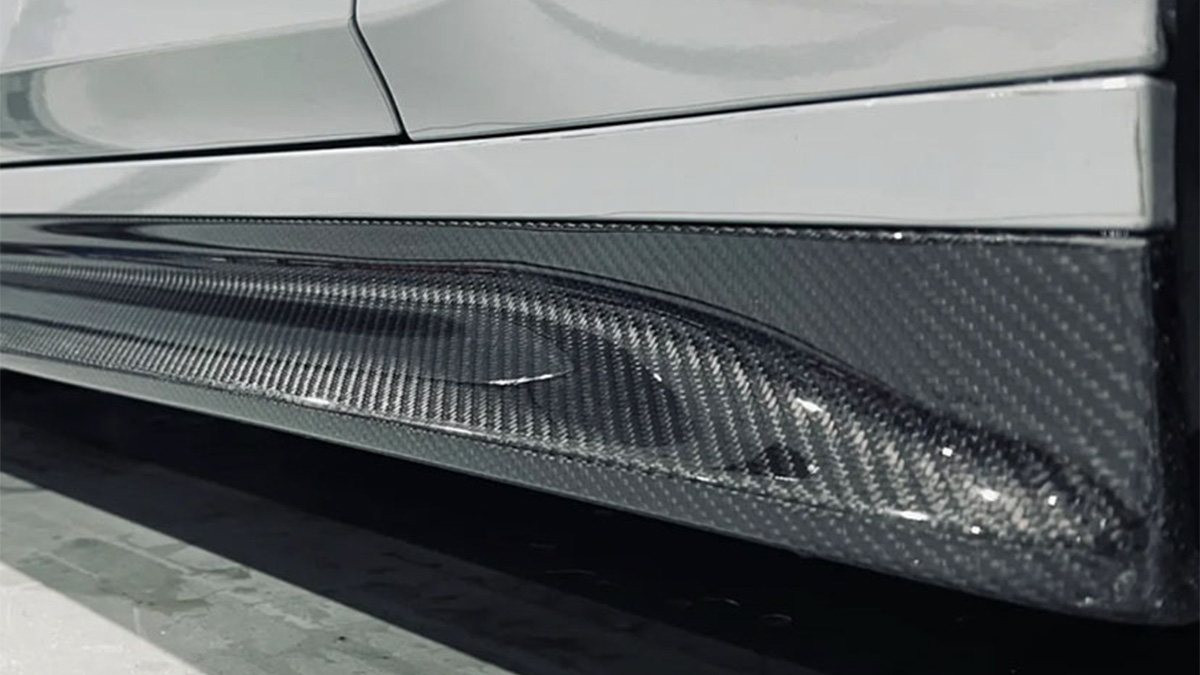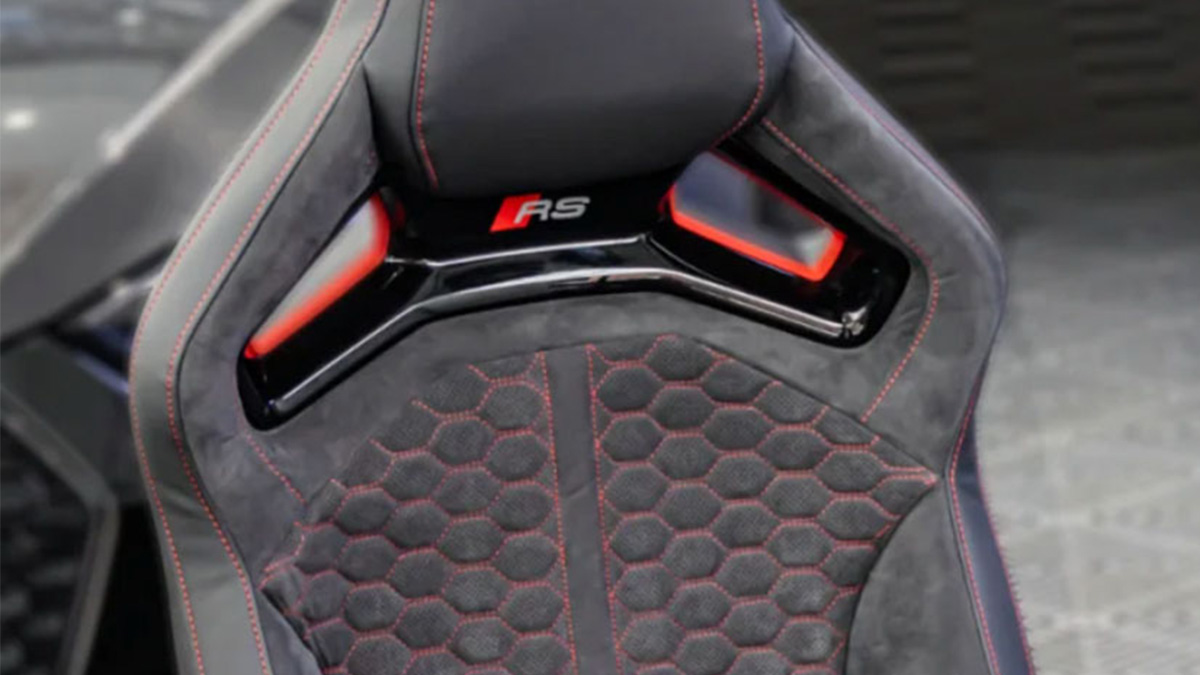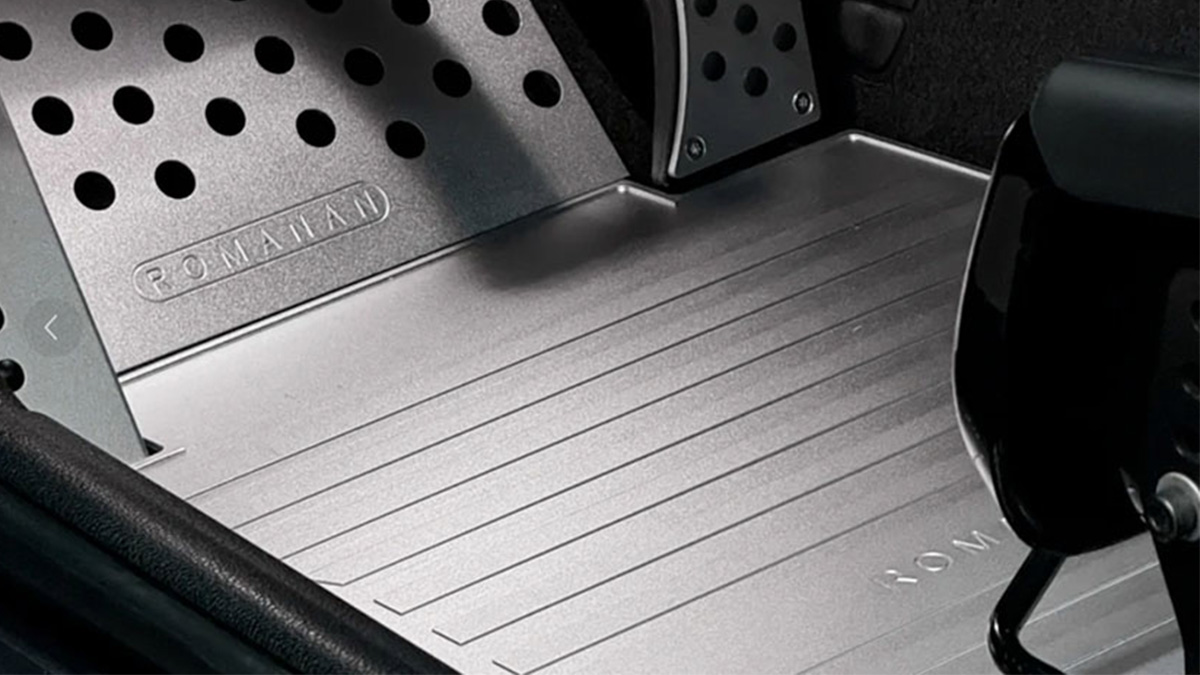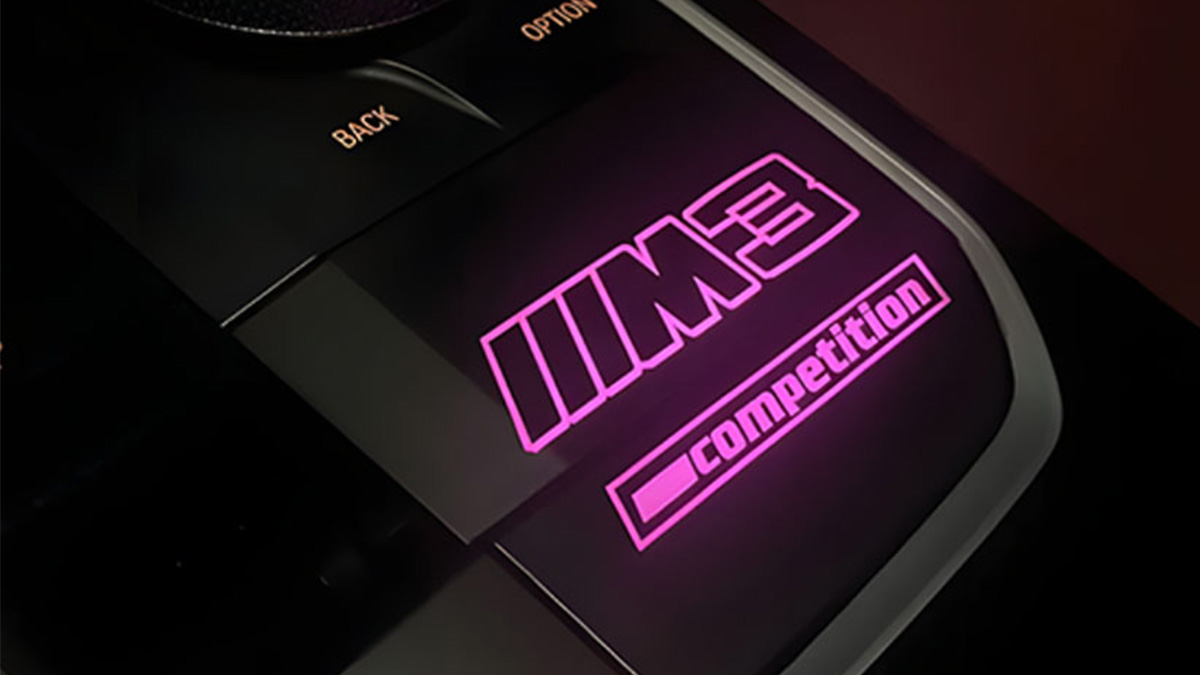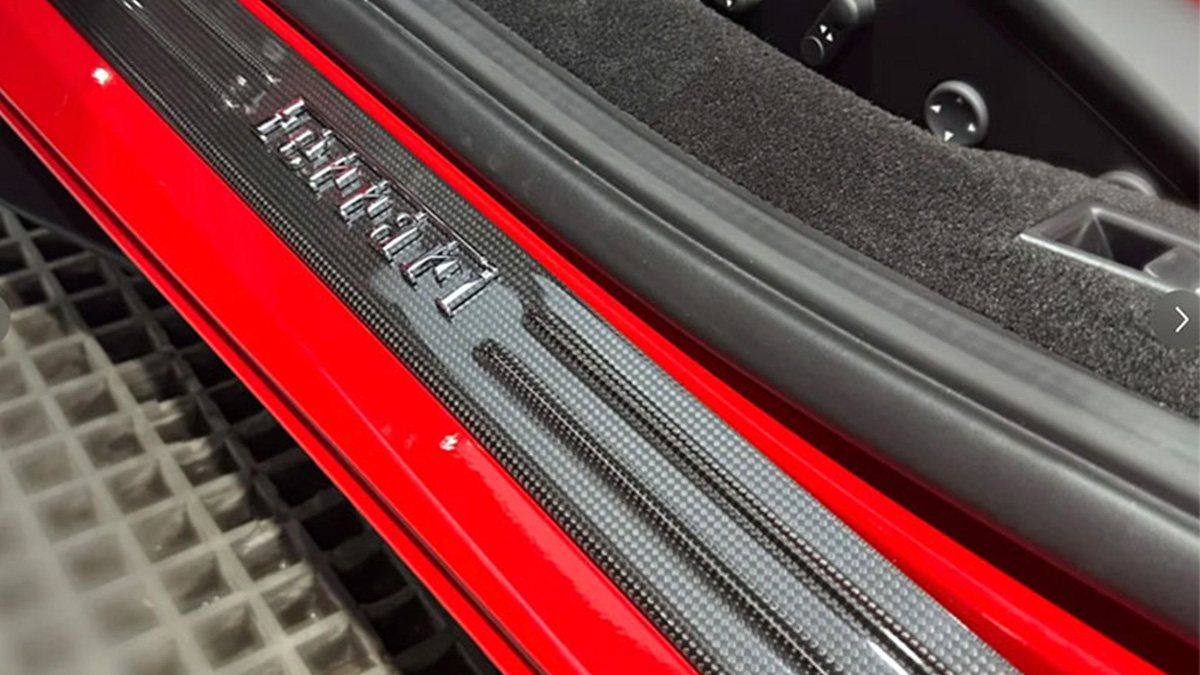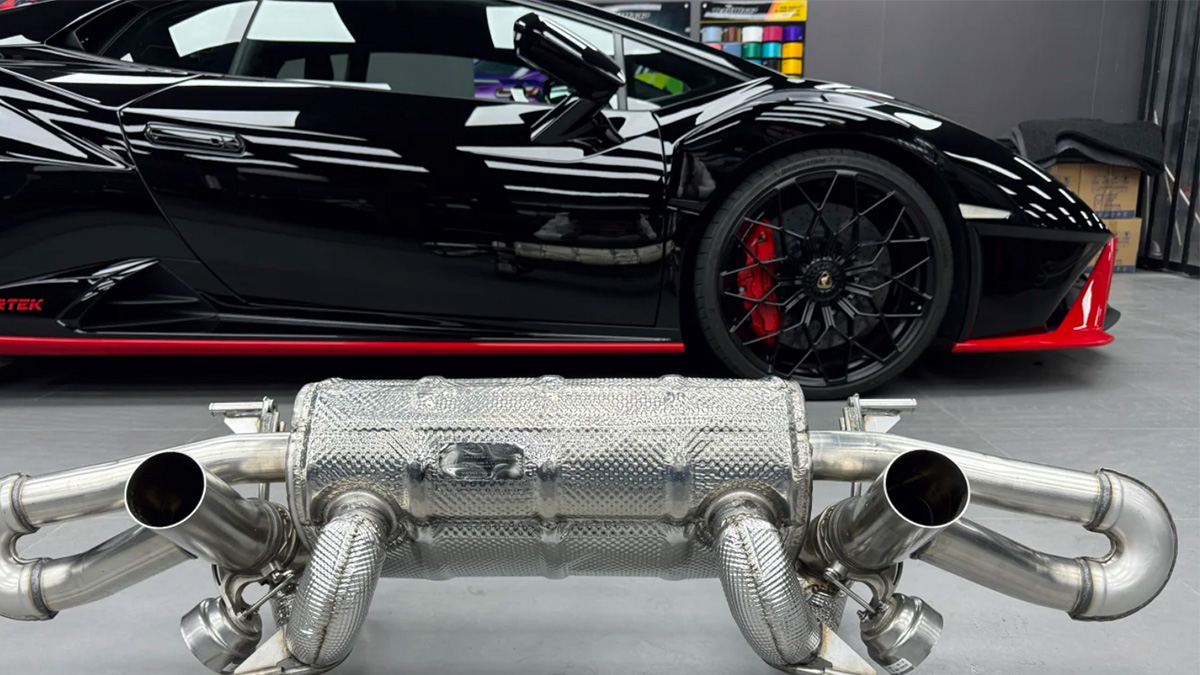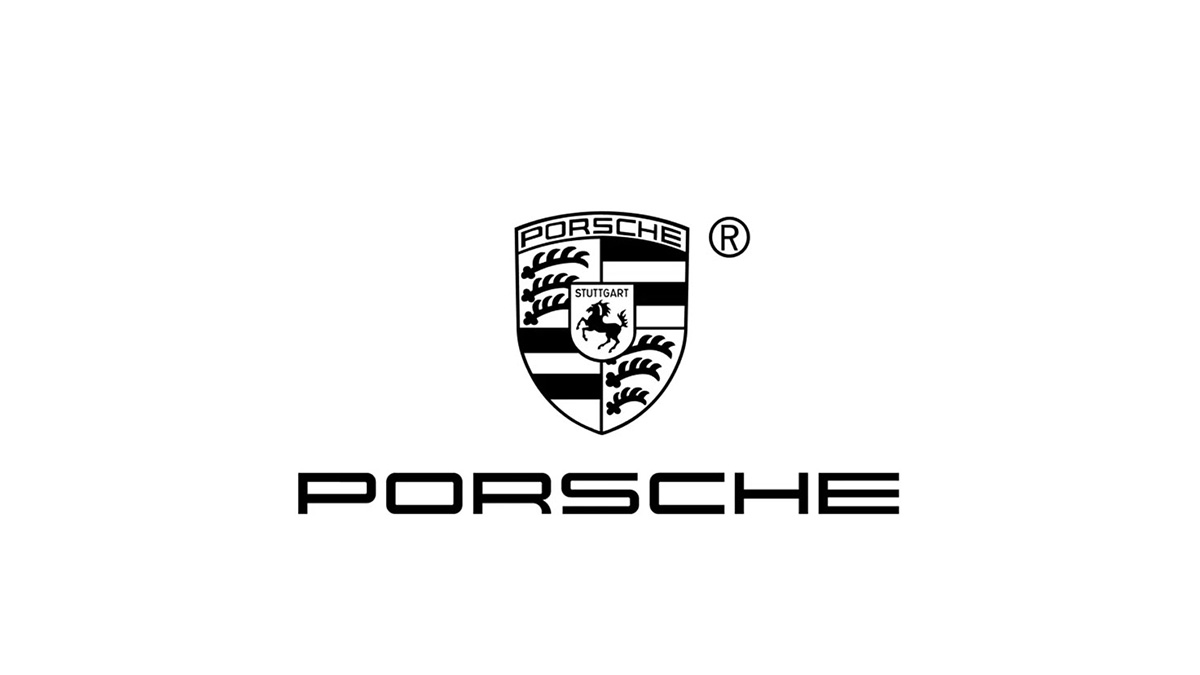The Mercedes-Benz W140 Coupe: A Masterpiece of the 1990s

The Mercedes-Benz W140 Coupe redefined automotive luxury in the 1990s. Its innovative features and meticulous engineering set new standards for comfort, safety, and performance. This coupe introduced groundbreaking advancements that were ahead of its time:
Heated seats in all four seating positions, a rarity in the era.
Double-pane windows for superior insulation and a quieter cabin.
Separate climate control zones for driver and passenger.
Activated carbon cabin filters to ensure clean air.
The debut of Electronic Stability Program (ESP) in the 1995 S600 Coupe, a revolutionary safety feature.
These innovations, combined with diamond-cut alloy wheels, full nappa leather interiors, and orthopaedic front seats, solidified the W140 Coupe’s reputation as a masterpiece. Its blend of luxury and cutting-edge technology continues to captivate enthusiasts and collectors alike.
Key Takeaways
The Mercedes-Benz W140 Coupe raised the bar for luxury in the 1990s. It had features like heated seats everywhere and thick double windows.
New technologies like Electronic Stability Program (ESP) made driving safer. Dual-zone climate control added comfort, shaping future luxury cars.
The car’s design and build show high-quality work. Only 26,022 were made, making it a rare collector’s car.
At first, some people criticized it. Now, the W140 Coupe is loved for its strong build and classic style. It represents an important time in car history.
The W140 Coupe still inspires new Mercedes-Benz cars. It shows the brand’s focus on new ideas and great craftsmanship.
The Origins of the W140 Coupe
Development and Vision
The Mercedes-Benz W140 Coupe emerged from a vision to create a luxury vehicle that combined cutting-edge technology with timeless design. Development began in 1981, marking the start of a decade-long journey to perfection. By 1986, Olivier Boulay’s design proposal had been selected, setting the foundation for the coupe’s iconic appearance. The final exterior design was locked in by 1987, and design patents were filed in 1988 in both West Germany and the United States.
The W140 Coupe represented a significant investment for Mercedes-Benz. Engineers and designers worked tirelessly to ensure the vehicle exceeded expectations. Bruno Sacco, the lead designer, played a pivotal role in shaping the coupe’s aesthetic and engineering. His influence ensured the car embodied the brand’s commitment to innovation and luxury. The result was a vehicle that many considered over-engineered for its time, showcasing the meticulous attention to detail that defined Mercedes-Benz.
Year | Event |
|---|---|
1981 | Development of the W140 began. |
1986 | Definitive design proposal by Olivier Boulay selected. |
1987 | Final exterior design locked in. |
1988 | Design patents filed in West Germany and the United States. |
The W140 Coupe in the Mercedes-Benz Lineup
The W140 Coupe, also known as the C140, debuted in 1992 at the Detroit Motor Show. It was designed to cater to the American market’s preference for large, luxurious two-door vehicles. Positioned as a flagship model, the coupe showcased advanced engineering and opulent features that set it apart from competitors.
This model played a key role in the ongoing rivalry between Mercedes and BMW. The W140 Coupe emphasized luxury and innovation, reflecting Mercedes-Benz’s dedication to staying ahead in the competitive luxury car market. Produced in limited numbers, the coupe became a rare gem within the Mercedes lineup. Its exclusivity and groundbreaking features contributed to its enduring appeal among enthusiasts and collectors.
Design and Engineering of the W140 Coupe

Exterior Design and Innovations
The exterior of the W140 Coupe reflected the pinnacle of 1990s automotive innovation. Mercedes-Benz engineers prioritized both aesthetics and functionality, resulting in a design that exuded refinement and sophistication. The coupe featured a sleek, aerodynamic silhouette with clean lines and a commanding presence on the road. Its long hood and short rear deck emphasized its grand touring character, while the absence of a B-pillar created a seamless, pillarless side profile that enhanced its elegance.
Key innovations set the W140 apart from its competitors:
Double-paned soundproofed glass improved cabin insulation and reduced noise, offering a quieter driving experience.
The advanced glass technology also minimized condensation, ensuring clear visibility in varying weather conditions.
Soft-close doors and trunk mechanisms added a touch of luxury and convenience, reflecting the meticulous attention to detail in its design.
These features demonstrated Mercedes-Benz’s commitment to blending cutting-edge technology with timeless design principles.
Interior Craftsmanship and Features
The W140 Coupe’s interior showcased unparalleled craftsmanship and luxury. Mercedes-Benz designed the cabin to provide maximum comfort and convenience for both driver and passengers. High-quality materials, including full nappa leather and polished wood trim, adorned the interior, creating an atmosphere of opulence.
Notable features included:
12-way powered, heated front seats with memory functions and lumbar support.
Heated seats in all four seating positions, a rare feature during its time.
Dual-zone climate control, with separate zones for driver and passenger, ensuring personalized comfort.
An electric rear sunshade and soft-closing doors, enhancing the sense of refinement.
The introduction of GPS navigation in 1995, a groundbreaking feature that utilized CD-ROM maps.
These innovations solidified the W140 Coupe’s reputation as a leader in luxury car design.
Technological Advancements
Mercedes-Benz equipped the W140 Coupe with advanced technologies that influenced the automotive industry for years to come. The coupe introduced several firsts for the brand, showcasing its forward-thinking approach to engineering.
Key technological advancements included:
The debut of the Electronic Stability Program (ESP) in the 1995 S600 Coupe, enhancing safety and control.
The Linguatronic voice control system, introduced in 1996, allowing drivers to operate certain functions hands-free.
Parktronic, a sonar-based parking system, also introduced in 1996, making parking easier and safer.
TELEAID, an emergency and tracking system launched in 1997, providing peace of mind for drivers.
These features, combined with double-pane windows, activated carbon cabin filters, and separate climate control zones, highlighted the W140 Coupe’s role as a technological pioneer. Its innovations set new benchmarks for the luxury car market and reinforced Mercedes-Benz’s reputation for excellence.
Performance and Driving Dynamics

Engine Options and Powertrain
The Mercedes-Benz W140 Coupe offered a range of powerful engine options, each designed to deliver exceptional performance. These engines featured advanced DOHC four-valve technology and adjustable intake camshafts, enhancing both power and efficiency. Buyers could choose from:
Inline-6 engines, providing a balance of performance and fuel economy.
V8 engines, offering robust power for spirited driving.
V12 engines, delivering unparalleled smoothness and performance, making the W140 Coupe a true flagship.
The V12-powered variants, such as the S600 Coupe, stood out for their effortless acceleration and refined power delivery. These engines solidified the W140 Coupe’s reputation as a high-performance luxury car.
Driving Experience and Comfort
The W140 Coupe redefined comfort and driving dynamics in the luxury car segment. It distinguished itself from competitors like the Jaguar XJ40 and BMW E32 7 Series through its advanced features and meticulous engineering. Heated seats in all positions, separate climate control zones, and double-pane windows created a serene and comfortable cabin environment.
The coupe’s spacious interior provided a sense of openness, while features like an electric rear window blind and a heater that operated even after the engine was off added to its appeal. The ride quality was both smooth and resilient, absorbing road imperfections with ease. Despite its size, the W140 Coupe felt agile and planted, offering a driving experience that was both engaging and luxurious.
Technological Contributions to Performance
Mercedes-Benz equipped the W140 Coupe with cutting-edge technologies that enhanced its driving dynamics and safety. These innovations set new benchmarks for the automotive industry:
Feature | Description |
|---|---|
Adaptive Damping System (ADS) | Adjusts shock absorber damping for stability during high-speed or aggressive driving. |
Self-levelling suspension | Maintains vehicle height and improves handling, especially under heavy loads. |
Double wishbone front axle suspension | Enhances steering response and overall handling characteristics. |
Multi-link rear suspension | Improves ride quality and handling dynamics for a balanced driving experience. |
Electronic Stability Program (ESP) | Introduced in the W140 S-Class, it improved vehicle stability and reduced the risk of accidents. |
These features, combined with the coupe’s robust powertrain options, ensured that the W140 Coupe delivered a driving experience that was both dynamic and refined. The integration of advanced suspension systems and stability controls highlighted Mercedes-Benz’s commitment to innovation and performance.
Public Reception and Market Impact
Initial Reception and Criticisms
The Mercedes-Benz W140 Coupe debuted during a period of intense competition in the luxury car market. Its initial reception was mixed, influenced by several external factors:
Japanese luxury brands like Lexus and Infiniti had recently entered the market, offering models such as the LS400 and Q45. These vehicles provided competitive features at significantly lower prices, drawing attention away from the W140.
The base price of the W140 Coupe was notably higher than its Japanese counterparts, making it less accessible to some buyers.
Early sales struggled due to perceptions of the W140 as overly extravagant, with critics highlighting its size and features as excessive.
Some viewed the W140 Coupe as a symbol of societal excess, questioning its environmental impact and the necessity of its advanced features.
Despite these criticisms, the W140 Coupe’s engineering and luxury features set it apart, laying the groundwork for its eventual recognition as a classic.
Long-Term Perception and Enthusiast Appeal
Over time, the perception of the W140 Coupe shifted significantly. Initially criticized for its size and opulence, it is now celebrated as a masterpiece of engineering. Enthusiasts admire its over-engineered nature, which reflects Mercedes-Benz’s commitment to quality and innovation during the 1990s.
The rarity of the W140 Coupe has also contributed to its growing appeal. With only 26,022 units produced, it has become a sought-after collector’s item. This exclusivity, combined with its status as a technological flagship, has elevated its reputation among automotive enthusiasts. Today, the W140 Coupe is recognized as a symbol of timeless luxury and innovation.
Influence on the Luxury Car Market
The W140 Coupe redefined the standards of luxury during its production years. Its groundbreaking features, such as heated seats in all positions, double-pane windows, and activated carbon cabin filters, set new benchmarks for comfort and innovation. These advancements influenced the design and engineering of modern luxury cars, cementing the W140’s legacy as a pioneer in the industry.
The fierce competition from rivals like BMW and Lexus pushed Mercedes-Benz to invest heavily in technology and craftsmanship. The W140 Coupe not only matched its competitors but often surpassed them, solidifying its position as a leader in the luxury car segment. Its influence can still be seen in the design and features of contemporary Mercedes-Benz models, particularly the S-Class Coupe.
The Legacy of the W140 Coupe
Influence on Future Mercedes-Benz Models
The W140 Coupe left a lasting impact on the design and engineering of future Mercedes-Benz vehicles. Its innovative features became benchmarks for the brand’s later models.
Heated seats in all four seating positions set a new standard for passenger comfort.
Separate climate control zones for driver and passenger introduced personalized cabin environments.
Double-pane windows enhanced insulation and reduced noise, improving the driving experience.
Activated carbon cabin filters ensured clean air, prioritizing passenger health.
One of the most groundbreaking advancements was the introduction of the Electronic Stability Program (ESP) in the 1995 S600 Coupe. This safety feature, which became standard in modern vehicles, significantly reduced road accidents.
Many enthusiasts consider the W140 the “final engineers’ Mercedes-Benz,” as it marked the end of an era when engineering took precedence over market-driven design. Its successors faced criticism for lacking the same level of over-engineering, highlighting the W140’s unique place in the brand’s history.
Status as a Collector’s Item
The W140 Coupe has earned its place among the most sought-after collectable cars. Several factors contribute to its desirability:
Only 26,022 units were produced between 1992 and 1998, making it a rare find.
It introduced features like heated seats in all positions and separate climate control zones, which were groundbreaking at the time.
The inclusion of ESP showcased advanced safety technology, further elevating its status.
Its over-engineered design and luxurious two-door cars appeal to collectors who value craftsmanship and innovation.
The W140 Coupe represents a blend of luxury and performance that defined its era. Its rarity and historical significance make it a prized addition to any collection.
Cultural and Historical Significance
The W140 Coupe holds a unique place in 1990s automotive history. It emerged during a time when Japanese luxury brands like Lexus and Infiniti were gaining popularity. These competitors offered similar features at lower prices, challenging European manufacturers like Mercedes-Benz.
Despite its higher base price, the W140 Coupe stood out for its engineering excellence. It was the first Mercedes-Benz to use CFC-free plastics and refrigerants, reflecting the brand’s commitment to environmental responsibility. Its over-the-top features, such as double-pane windows and V12 engines, showcased the ambition of Mercedes during this period.
The W140’s legacy lies in its combination of innovation, luxury, and reliability. Enthusiasts and collectors continue to admire its timeless design and over-engineered construction. It remains a symbol of an era when Mercedes-Benz prioritized engineering excellence over cost-cutting measures.
The Mercedes-Benz W140 Coupe stands as a testament to 1990s automotive excellence. Its innovative features, such as heated seats in all positions and double-pane windows, set new standards for luxury and comfort. These advancements continue to influence modern Mercedes-Benz models, showcasing the brand’s commitment to meticulous engineering.
The W140 Coupe’s over-engineered construction and timeless design have earned it a special place among enthusiasts and collectors. As a rare and technologically advanced model, the C140 remains a symbol of luxury and reliability. Its legacy endures, inspiring future generations of automotive design.

